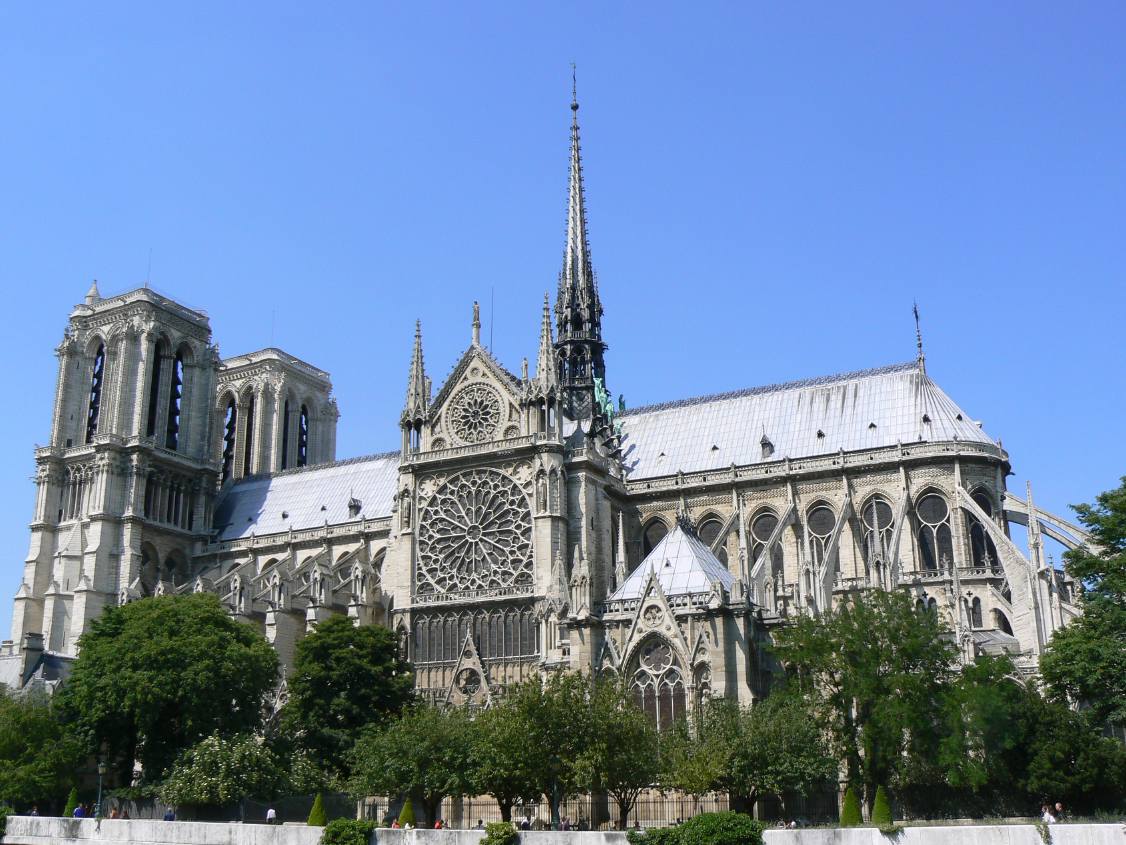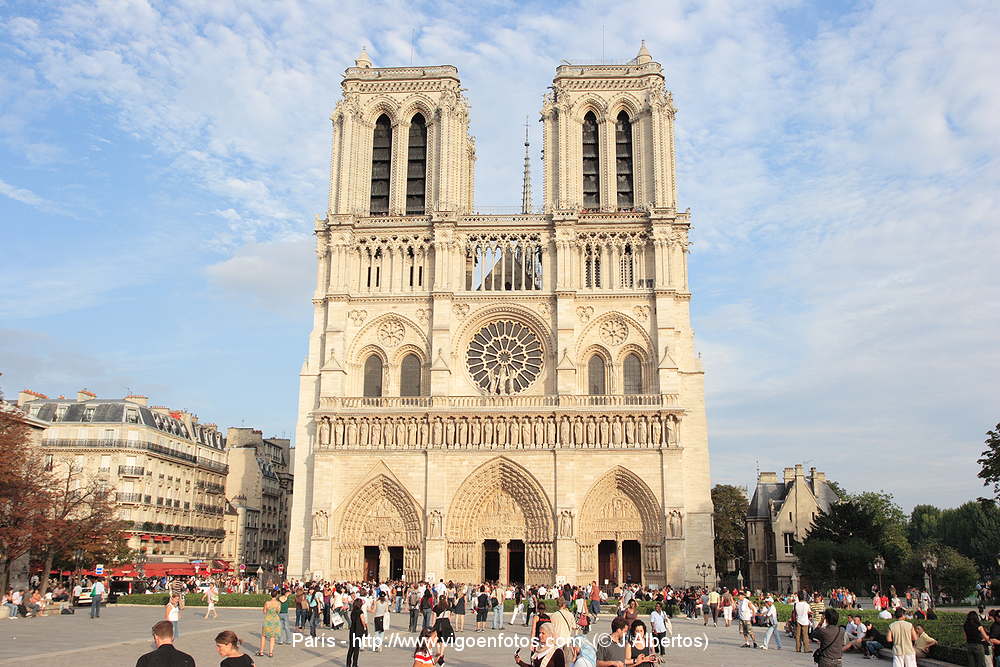Notre Dame Cathedral, one of the world's most iconic landmarks, stands as a testament to centuries of history, art, and spirituality. This majestic Gothic masterpiece has captured the hearts of millions, drawing visitors from across the globe to its awe-inspiring presence in the heart of Paris. As we delve into the fascinating world of Notre Dame, we uncover the stories, legends, and architectural brilliance that define this historic treasure.
Located on the Île de la Cité in the Seine River, Notre Dame Cathedral has witnessed the rise and fall of empires, the triumphs and tragedies of humanity, and the evolution of architectural design. Its towering spires, intricate gargoyles, and breathtaking stained-glass windows serve as a reminder of the enduring power of faith and human creativity.
From its humble beginnings in the 12th century to its modern-day restoration efforts, Notre Dame continues to inspire awe and admiration. In this comprehensive guide, we will explore the history, architecture, cultural significance, and ongoing preservation efforts that make Notre Dame a timeless masterpiece worthy of admiration.
Read also:Exploring The Life And Love Of Jamie Xx Who Inspires The Renowned Musician
Table of Contents
- The History of Notre Dame Cathedral
- Architectural Marvels of Notre Dame
- Construction and Evolution
- Key Features of the Cathedral
- Religious Significance and Traditions
- The Great Fire of 2019
- Restoration Efforts
- Cultural Impact and Influence
- Visiting Notre Dame
- The Future of Notre Dame
The History of Notre Dame Cathedral
Notre Dame Cathedral, officially known as "Cathédrale Notre-Dame de Paris," was commissioned by Bishop Maurice de Sully in 1163. The construction of this magnificent structure marked the beginning of a new era in Gothic architecture. Over the centuries, Notre Dame has played a pivotal role in the history of France and the Catholic Church.
Origins and Foundations
The decision to build Notre Dame was driven by the desire to create a grand cathedral that would reflect the growing importance of Paris as a center of religious and political power. The site chosen for the cathedral was the Île de la Cité, a location with deep historical significance. Construction began in 1163 and took nearly two centuries to complete, with the cathedral finally being consecrated in 1345.
Historical Milestones
Throughout its history, Notre Dame has witnessed many significant events. The coronation of Napoleon Bonaparte as Emperor of France in 1804 and the crowning of Henry VI of England in 1431 are just a few examples of the historic milestones associated with the cathedral. Additionally, Notre Dame has been the site of numerous religious ceremonies and cultural celebrations.
Architectural Marvels of Notre Dame
The architecture of Notre Dame Cathedral is a masterpiece of Gothic design, characterized by its pointed arches, ribbed vaults, and flying buttresses. These innovative features allowed for the creation of taller, more spacious interiors, while also providing structural stability.
Innovative Design Elements
- Flying Buttresses: These external supports enabled the walls to be thinner and higher, allowing for larger stained-glass windows.
- Pointed Arches: These architectural elements distribute weight more effectively, enhancing the stability of the structure.
- Ribbed Vaults: These provide additional support and allow for more intricate ceiling designs.
Stained-Glass Windows
Notre Dame is renowned for its stunning stained-glass windows, including the famous rose windows. These intricate works of art depict biblical scenes and saints, creating a vibrant and spiritual atmosphere within the cathedral.
Construction and Evolution
The construction of Notre Dame Cathedral spanned nearly two centuries, with various architects contributing to its design and development. Over time, the cathedral underwent several renovations and expansions, reflecting the changing tastes and technologies of each era.
Read also:Exploring The Inspirational Journeys Of Rachelle Ramiro And Hans Kim
Key Construction Phases
The initial construction phase lasted from 1163 to 1250, during which the nave, transept, and choir were completed. The second phase, from 1250 to 1345, saw the addition of the towers, spire, and other decorative elements. Subsequent renovations in the 17th and 18th centuries further enhanced the cathedral's beauty and functionality.
Key Features of the Cathedral
Notre Dame Cathedral boasts numerous remarkable features that contribute to its status as a world-renowned landmark. From its iconic towers to its intricate sculptures, every aspect of the cathedral is a testament to its architectural and artistic brilliance.
Gargoyles and Grotesques
One of the most distinctive features of Notre Dame is its collection of gargoyles and grotesques. These ornamental sculptures serve both functional and aesthetic purposes, channeling rainwater away from the building while adding an air of mystery and intrigue.
Bells of Notre Dame
The bells of Notre Dame are an integral part of the cathedral's identity. The largest bell, known as "Emmanuel," weighs over 13 tons and has been ringing out across Paris for centuries. Each bell has its own unique sound and significance, contributing to the rich auditory experience of the cathedral.
Religious Significance and Traditions
As one of the most important cathedrals in the Catholic Church, Notre Dame holds immense religious significance. It serves as a place of worship, pilgrimage, and spiritual reflection for millions of people around the world.
Masses and Ceremonies
Notre Dame hosts regular masses, as well as special ceremonies and events throughout the year. The cathedral's majestic interior and rich history make it an ideal setting for religious celebrations and rituals.
Artistic Treasures
The cathedral houses numerous artistic treasures, including sculptures, paintings, and relics. These works of art reflect the deep faith and devotion of the people who have worshipped at Notre Dame over the centuries.
The Great Fire of 2019
On April 15, 2019, the world watched in horror as a devastating fire engulfed Notre Dame Cathedral. The blaze destroyed much of the roof and caused the collapse of the iconic spire, but thanks to the heroic efforts of firefighters, the main structure and many priceless artifacts were saved.
Causes and Consequences
Investigations revealed that the fire was likely caused by an electrical short circuit during renovation work. The damage was extensive, but the resilience and determination of the French people ensured that restoration efforts began almost immediately.
Restoration Efforts
Following the fire, a massive restoration project was launched to restore Notre Dame to its former glory. The project involves a team of experts, including architects, engineers, and artisans, who are working tirelessly to preserve the cathedral's historical integrity while incorporating modern safety measures.
Challenges and Progress
Restoration efforts face numerous challenges, including the need to source authentic materials and replicate the intricate details of the original design. Despite these difficulties, significant progress has been made, with the cathedral on track to reopen in 2024.
Cultural Impact and Influence
Notre Dame Cathedral has had a profound impact on culture and society, inspiring countless works of art, literature, and music. Its portrayal in Victor Hugo's novel "The Hunchback of Notre Dame" has ensured its place in the collective imagination of people worldwide.
Symbol of Resilience
The cathedral's survival through centuries of turmoil and adversity serves as a powerful symbol of resilience and hope. Its ongoing restoration is a testament to the enduring spirit of the French people and their commitment to preserving their cultural heritage.
Visiting Notre Dame
While Notre Dame remains closed for restoration, visitors can still explore the surrounding area and learn about the cathedral's history through guided tours and exhibitions. Plans are underway to enhance the visitor experience once the cathedral reopens, offering new opportunities to appreciate its beauty and significance.
Tips for Visitors
- Check the official website for updates on reopening dates and visitor guidelines.
- Consider booking a guided tour to gain deeper insights into the cathedral's history and architecture.
- Visit nearby attractions, such as the Sainte-Chapelle and the Louvre Museum, to enhance your cultural experience.
The Future of Notre Dame
As restoration efforts continue, Notre Dame Cathedral is poised to regain its status as one of the world's most cherished landmarks. The dedication and expertise of those involved in the project ensure that this historic treasure will continue to inspire and captivate future generations.
Looking Ahead
With its rich history, breathtaking architecture, and cultural significance, Notre Dame will remain a symbol of faith, art, and human achievement. Its story is one of resilience, renewal, and the enduring power of human creativity.
Conclusion
In conclusion, Notre Dame Cathedral is far more than a building; it is a living testament to the history, culture, and spirituality of humanity. From its humble beginnings to its current restoration, Notre Dame continues to inspire awe and admiration. We invite you to share your thoughts and experiences in the comments below, and to explore other fascinating articles on our website. Together, let us celebrate the enduring legacy of this remarkable cathedral.


